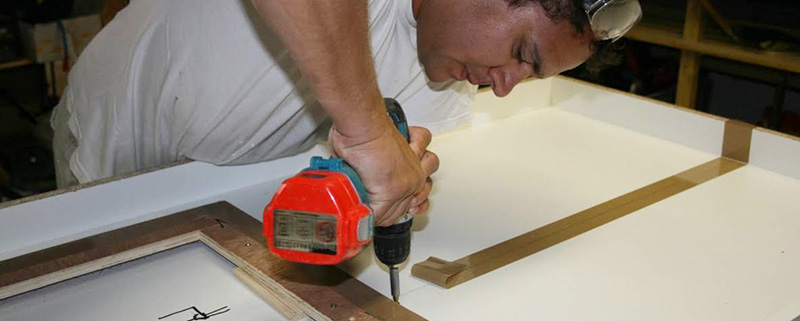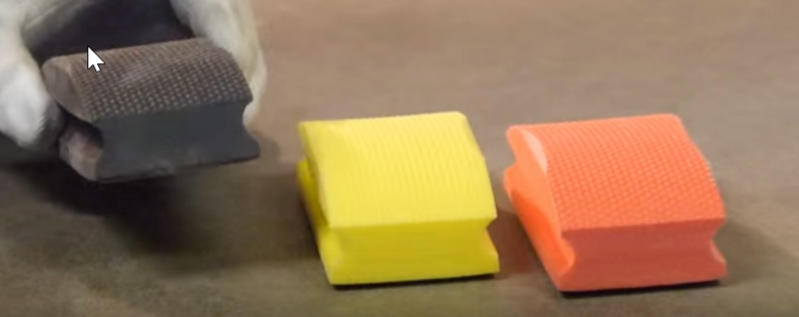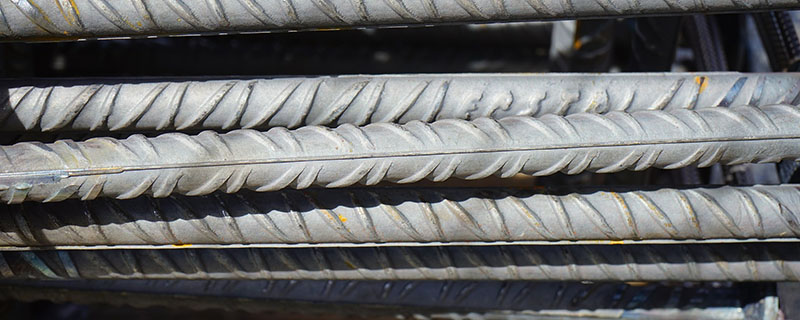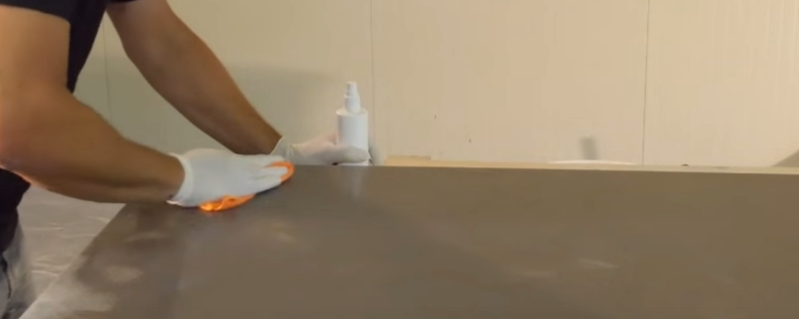In this article, we will discuss the concrete mould. Which methods are there?
The art of making a good mould
Making a good concrete mould is essential for a good end product. In the video and this article, we will show you how a mould can be made. It is also useful to make an inner mould. By using an inner mould, the project can be made a lot thinner. You will need less concrete, the product becomes considerably lighter and the concrete doesn’t dry too quickly.
Making a concrete mould
Making a mould for a concrete project isn’t difficult. However, working with precision and staying focused are essential. After all, once you’ve cast a concrete object, it is very difficult to make any changes.
So always make sure the mould is 100% in order before you start pouring the concrete.
Different methods
We distinguish between three methods for making a concrete object:
- Wetcast; the project is poured (upside-down) into a mould.
- Hard trowel/Cast in place; the concrete is applied and smoothed on site.
- Hand pack; the mix is made very dry. Without NR. 4 SuperSealz. Afterwards, it can be pressed into the mould like clay. Irregularities in the surface can then be filled up with NR. 7 RepairPaste.
Wetcast
Advantages to the Wetcast method:
Creates a very smooth surface without dips or bumps. It also requires virtually no experience or craftsmanship when choosing this method. As long as the mould is constructed properly, and the object is well compacted, there is very little that can go wrong.
Downsides to the Wetcast method:
Making a good mould takes time. The product is cast onto a smooth, watertight surface. Laminated chipboard is the most obvious choice. The maximum size of the plates, however, is only about 2 x 3.2 metres (6.7 x 8 ft.). It would also be hard to work with anything larger. Considering the weight and the forces exerted in lifting, turning and transporting the product.
Hardtrowel/Cast in place
Advantages of the Hardtrowel method:
Larger objects are easier to make than they are when using the Wetcast method. A heavy object, such as a countertop, for instance, is immediately in the right place. However, with very long objects, it is advised to install dilatations.
Downsides to the Hardtrowel method:
It takes a lot more craftsmanship and experience to achieve a perfectly smooth and level end result.
End results
By making a good mould, you can achieve very good end results. Think, for instance, of:
- a concrete countertop
- a concrete washbasin
- a concrete lamp
- a concrete garden table
- a concrete table top
- a concrete garden bench
- a concrete outdoor kitchen or BBQ.





